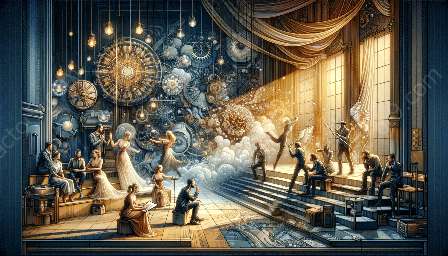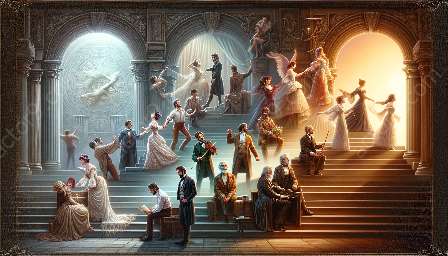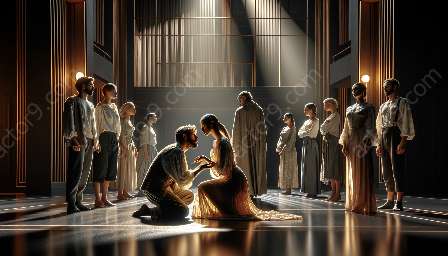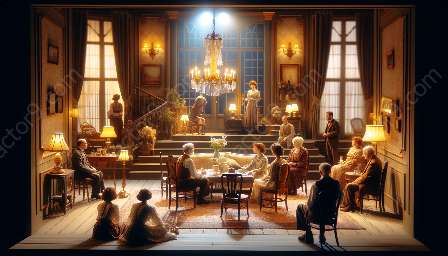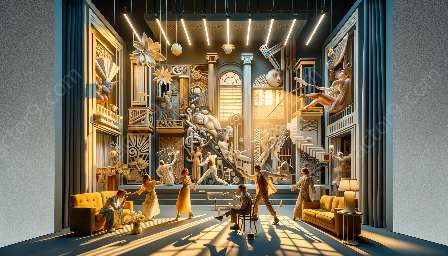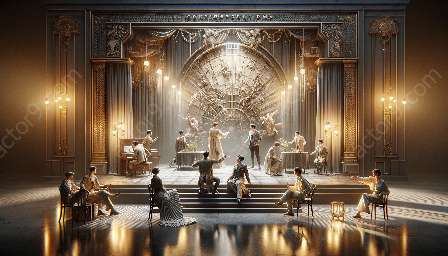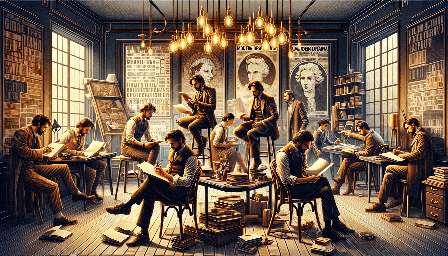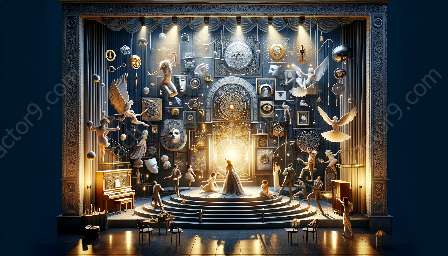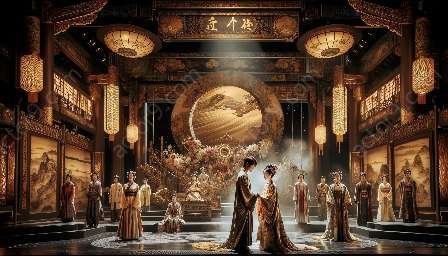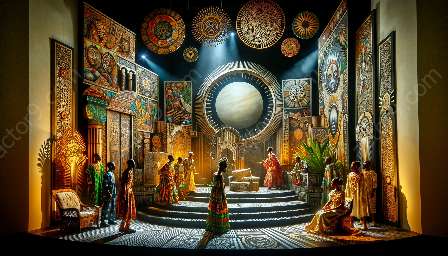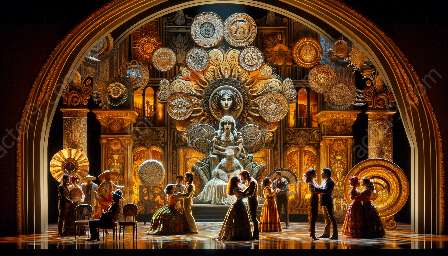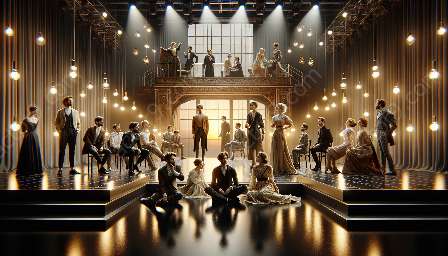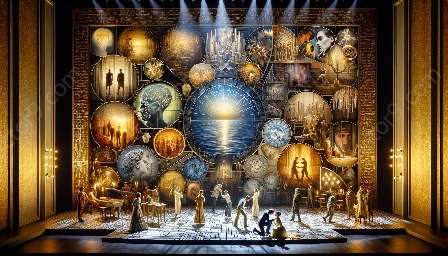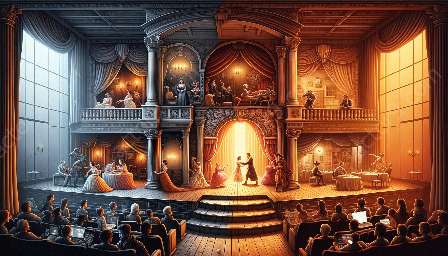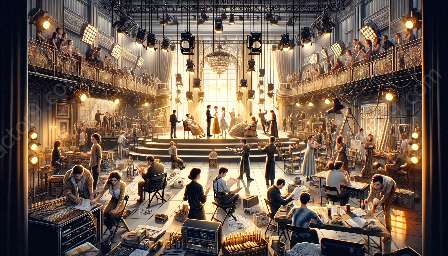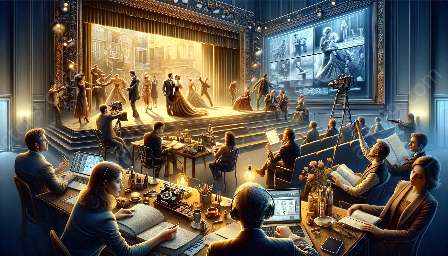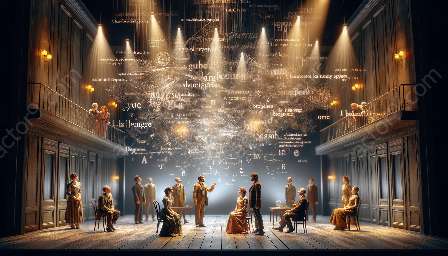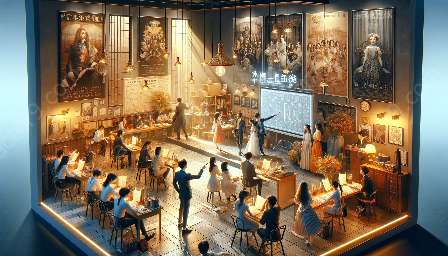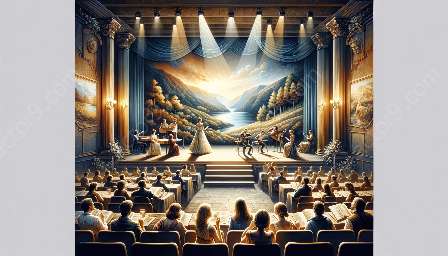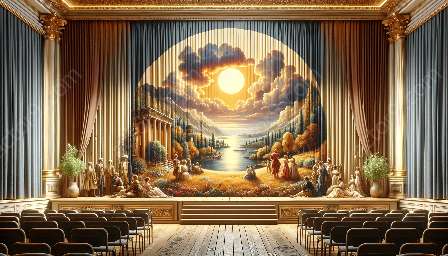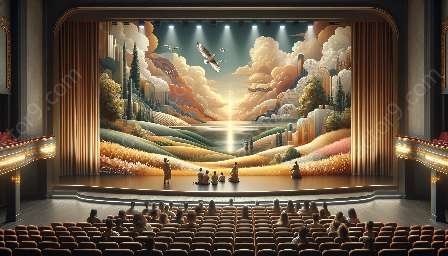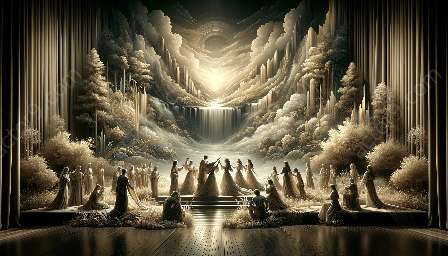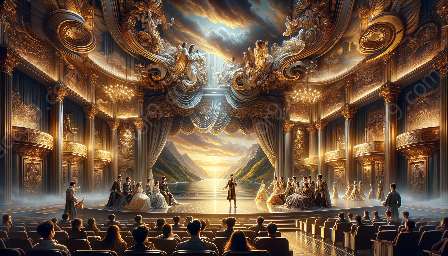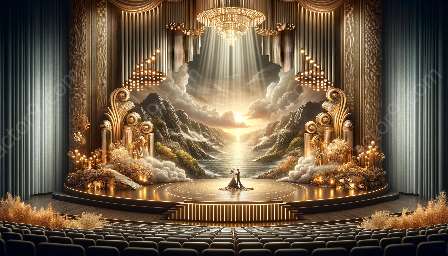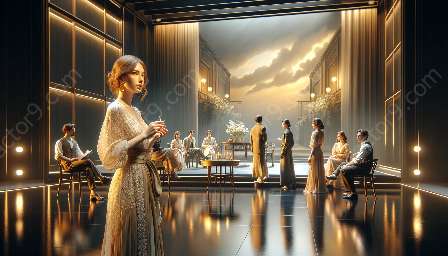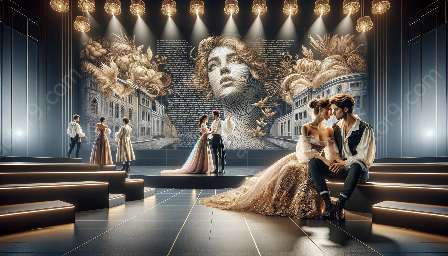Modern drama has long been a powerful medium for artistic expression and storytelling, but with advancements in technology, the intersection of drama and technology has opened up new possibilities for interactive and participatory theater. As technology continues to evolve, so does the way we experience and engage with dramatic performances.
Technology in Modern Drama
Technology has significantly impacted modern drama, transforming the way stories are told and how audiences experience them. With the integration of digital media, sensory effects, and interactive elements, modern theater has been able to break traditional boundaries and create dynamic and immersive experiences for both performers and audiences.
Enhancing Audience Engagement
One of the most significant outcomes of combining theater with technology is the heightened level of audience engagement. Interactive theater experiences, such as immersive virtual reality (VR) performances or participatory mobile apps, enable the audience to actively participate in the narrative, blurring the lines between spectator and performer. This level of engagement creates a more memorable and impactful experience for the audience, fostering a deeper connection to the story being told.
Immersive Experiences
Through the use of technology, modern drama has the potential to create immersive experiences that transport audiences to different worlds and time periods, providing a heightened sense of presence and emotional connection. Augmented reality (AR) and mixed reality (MR) have been utilized to merge the physical and virtual worlds, allowing audiences to interact with characters and environments in real time. These immersive elements can enhance the emotional impact of a performance and offer a new dimension to storytelling.
Facilitating Interactive Narratives
Technology not only enriches the audience's experience but also empowers playwrights and directors to craft more interactive and participatory narratives. Digital platforms, such as online forums, social media, and mobile applications, can be integrated into the storytelling process, allowing audiences to contribute to the development of the narrative, make decisions for the characters, or even influence the direction of the plot. This collaborative approach blurs the boundaries between creators and consumers, fostering a sense of co-authorship and collective creativity.
Modern Technology Revolutionizing the Dramatic Arts
The integration of technology into modern drama is revolutionizing the dramatic arts, giving rise to innovative forms of expression and redefining the relationship between performers and audiences. The fusion of technology and theater has the potential to democratize access to dramatic performances, transcending physical and geographical limitations by enabling remote participation and digital storytelling.
Conclusion
The intersection of technology and modern drama presents an exciting landscape for the future of theatrical experiences. By leveraging technology, modern theater has the potential to offer more inclusive, interactive, and immersive experiences, transforming the way stories are told and experienced. As technology continues to evolve, the possibilities for interactive and participatory theater are limitless, paving the way for new forms of artistic expression and audience engagement in the dramatic arts.


